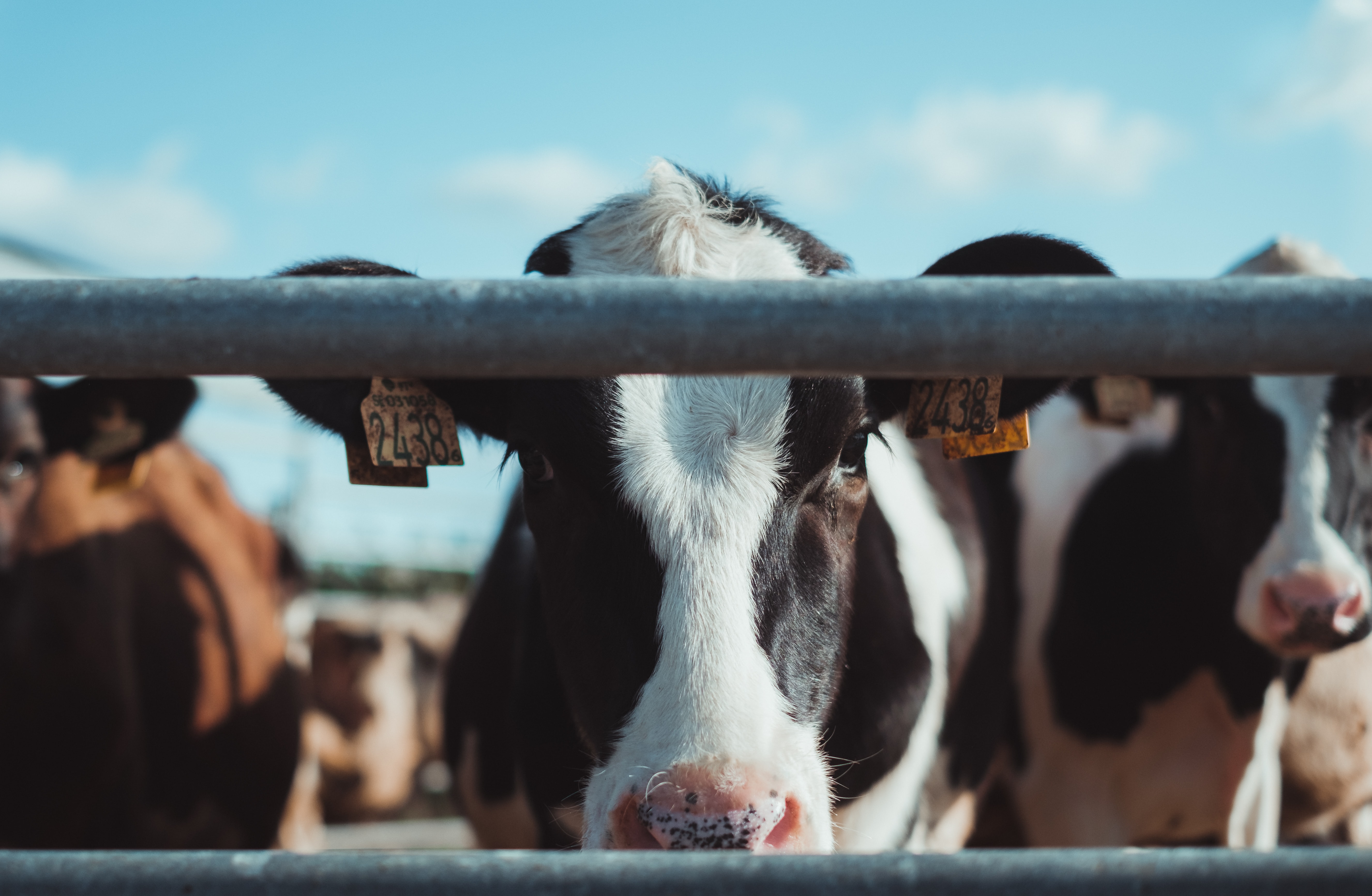What to look for when auditing on a farm

In the previous article, we wrote that automation is the basis for any analytics. But not only automation is important on the farm, the key factor for success on the farm is the work of ordinary employees, clear, regulated, routine performance of their duties at all stages - from work with reproduction, young stock, feeding, milking, veterinary medicine and so on.
Based on our experience and the experience of our partners who are engaged in consulting and auditing directly on the farm, we recommend that you pay attention to the following main factors and business processes:
- Farm microclimate
- Milking cows
- Feeding dairy herd, dry cows, young animals
- Drinking process
- Control over the level of reproduction
- Working with animals during the transit period
- Culling the main herd
- Working with young animals
Of course, there are other processes associated with veterinary medicine, insemination, milk production, forage production, forage procurement, and so on. There are simply no minor factors on the farm. We will also analyze them in other articles, but in order to achieve sustainable results, especially on a farm where there are problems in production, first of all we must pay attention to the above.
Let's briefly describe the main points:
- The microclimate on the farm. First of all, it is necessary to pay attention to air quality, gas content, air exchange, temperature and humidity in the zone of animal life, to the movement of air masses. The presence of problems with these factors is guaranteed to have an impact on the level of sickness of the herd, which, in turn, will create problems with reproduction and productivity.
- Milking cows. Here it is important to pay attention to the milking protocol, how it is followed. Milking is a fairly routine process, each action has its own purpose, everything should be consistent. Violation of this process will lead to hyperkeratosis of the nipples, mastitis, decreased milk yield and other problems.
- Feeding of dairy herds, dry cows, young animals. A clear feeding schedule with observance of all time intervals, synchronized with milking (for milking livestock) is a necessary requirement for efficient milk production.
- Drinking process. The cleanliness of the drinking bowls, the quality of the water, the water temperature is not lower than the minimum standards - this is the guarantee that we will get good milk yield.
- Control over the level of reproduction. Lack of calving roundness, pregnancy rates within 53% -57% - if these indicators are lower, this will ultimately lead to a decrease in the number of fodder livestock and a decrease in gross milk yield.
- Working with animals during the transit period. Monitoring animals and preparing them for calving and lactation in the dry period is the main factor in the success of high-quality calving, a healthy calf and cow, and future milk yield. It is necessary to monitor the body condition score at the first and second stages of the dry period. And do not forget that, ideally, the animal lasts for 305 days, and the dry period lasts 60 days. Compliance with these parameters is the key to maximum herd productivity.
- Culling of the main herd. What should be the culling rate: 20-30-40%, why exactly so much, and not more or less, what factors affect it - this is one of the most difficult tasks for a zootechnician. If we want to keep the herd size, then the maximum culling percentage cannot exceed the percentage of heifers entering in the same period. If our herd is growing, then we must introduce more heifers than we cull animals from the main herd. We will either have to acquire heifers, or we will attend to reproduction, effective insemination, the use of sextupled semen.
- Working with young animals. The future of the farm is young growth. If the process of working with young animals is not properly set, then in a year, one and a half, two years, we will already have problems with the fodder stock, which we will have to solve with great losses for the investor.
All these points, factors and processes are worth paying close attention to, and a farm audit allows you to go beyond the production routine and develop solutions that can radically change the situation on the farm. In some cases, it is possible to bring a low-profit or unprofitable farm to a decent level of efficiency in a fairly short time. The "Pareto Rule" clearly works here - 20% of efforts give 80% of the result. And the Dairy Production Analytics service serves as a catalyst for such changes, allowing not only to help in making the right management decisions, but also to monitor their implementation.
In the following articles, we will analyze in more detail, with examples and photos, some of the described factors and processes.
Alguma dúvida?
Entre em contato com nossos especialistas para saber mais
